How I Sold 7000 Kindle Books

There’s a reason I’ve never written an article about how many books I’ve sold. I’ve tended to follow the advice that if you’re the smartest person in the room you need to find smarter room (though I’ve recently completely re-thought that advice) so I surround myself with people way smarter, and more successful, than me. The people I follow online have sold a lot more than 7000 books. We’re talking about people like Alinka Rutowska, author of How I Sold 80,000 Books and John Locke, author of How I Sold 1 Million eBooks In 5 Months.
However, I read recently that the majority of self-published authors sell less than 100 copies of their books. So maybe there are indie authors out there who might actually want to know how a nobody like me managed to sell over 7000.
Firstly I should point out that’s selling 7000 Kindle books will not make you rich. Most of the books I’ve sold were at the 99 cent price mark. The most expensive was $5.99. But every single one of those 7000 copies were paid downloads. I’ve also given away thousands of books, but I’ll come to that in a minute.
I have learned a few tips along the way that may be of use to newer indie authors. If you’re just setting out I hope some of these will help you raise those sale numbers.
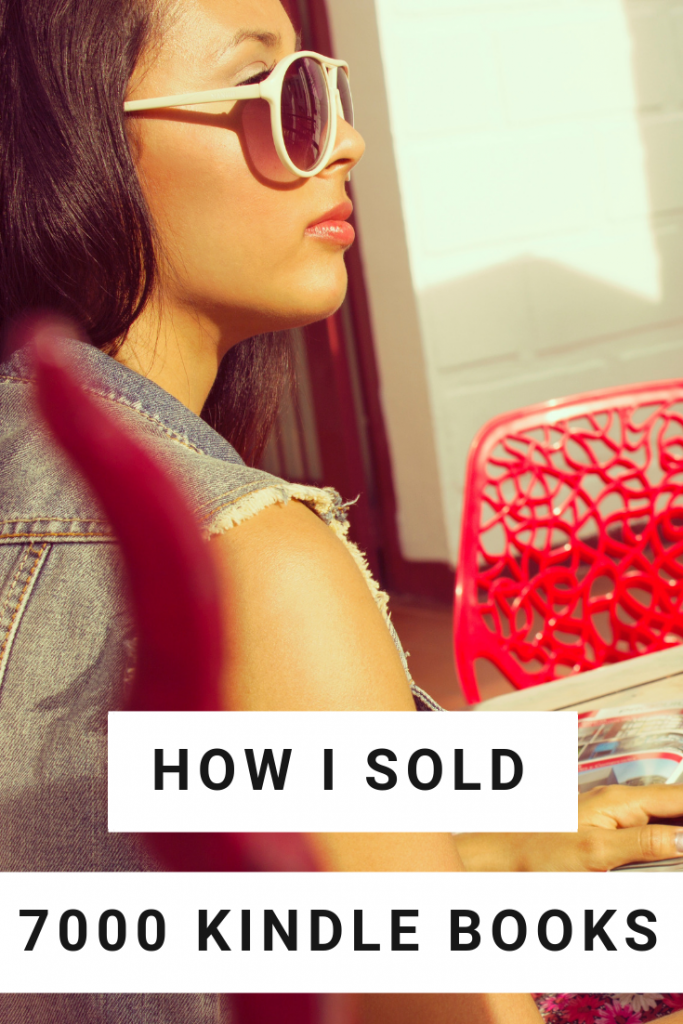
Disclosure: Sometimes my work here (and all around the web) contains affiliate links. Find out what that means here.
Write to the market
Does this mean you have to stifle your creativity and only write mass market, commercial books? No. It just means that whatever genre you write in, you have to be highly familiar with what readers of that genre actually buy, and create something that follows their criteria.
For me, as a non-fiction writer, this means solving problems that my audience are having, and answering questions they’re asking. As a fiction author it means studying the most successful books in your genre, and deconstructing why readers of the genre love them.
You still need to write an original book. Don’t you dare do anything else. But you need to incorporate some of the elements that make books in that genre sell. This goes for plot, voice, and story elements, but also for your cover and book description. Emulate the successful authors of your genre. Just don’t copy their stories.
Release more than one book
Preferably at the same time. I released two at once, then a third shortly afterwards. I now have 10 books out and am working on the next two. Mention all your books in the end matter of every book you produce. In non-fiction, mention them in the text when appropriate.
Consider including the first chapter of your next book at the end of the last one, especially if it’s a sequel, or part of a series. Which links nicely to my next point.
Write linked books
A series of at least five books works well in both fiction or non-fiction.Trilogies work well if you write fiction. If you write standalone books, consider writing several in the same genre, even if they’re not a series. Genre hoppers find it very hard to build an audience. I’d go so far as to say, If you must write in different genres, consider different pen names so as not to confuse your readers.
Get some reviews
This is always hard, and Amazon are making it harder. You can’t just ask friends and family for reviews. It’s against Amazon’s rules, and Amazon is surprisingly strict. They will delete reviews they deem suspicious, and have the right to ban your account if you’re a repeat offender. Hell, they’ll delete perfectly legitimate reviews sometimes. I lost a few recently, and so have some of my author friends.
So reviews are hard to get. If you have a blog, a subscriber list or a social media following (of unrelated people, not just friends and family) you can ask them to review your book. You can, of course, ask your Facebook friends to buy and review your book, but don’t be surprised if Amazon weeds them out as having a personal connection to you. You can also reach out to your favorite book bloggers and ask them to review.
You can use sites like Story Cartel and Happy Book Reviews to try and get more reviews, but be aware these are both paid services and can’t actually guarantee results. That’s because one thing you can NEVER do on Amazon is pay for reviews. These services are basically just charging you a fee to advertise your book to people who have expressed an interest in reviewing books. They may or may not follow through.
There is one super simple way to get (a few) more reviews. I write about it in more detail here, but it involves simply asking readers to review. I put a short note at the end of my books that says:
“If you’ve found this book useful, please consider leaving a short review on Amazon.”
It’s crazy simple, but I have received more reviews since including it.
Build a following
Your fans, followers, readers and subscribers are often the first to buy your book. So build a following. I don’t care where you do it. Your personal blog, on social media, or here on Medium will all work fine.
It is advisable to try and get your followers onto an email list, of course. With every book I’ve released, most of my early sales (as far as I can tell) come from my email subscribers. One email announcing your new book will get sales started (and you can email them again later, politely reminding them that if they enjoyed the book they might want to consider leaving a review). Don’t discount your other followers though. If you have no email list but a big following here on Medium, write a story here about your book launch. Some of your followers will be interested.
Give books away
You can easily do this through Amazon’s KDP Select program, if your book is enrolled in it. There is a slight advantage to doing this with any new book, as it will boost its rankings when it goes back to paid status. I’ve got several of my books to number 1 in category (briefly) by first getting them to number 1 in free books for a category, then switching back to paid.
Any book that is at the top of its category (or even in the top 20) will make sales. This effect is usually short lived, but with my book Free Tools For Writers, Bloggers, and Solopreneurs, it lasted months. That is, it stayed on the first page of its category for about 6 months after release and just kept making sales. It still breaks onto the first page sometimes now, if I do a lot of social media promotion around it, or write a blog post promoting it.
This works even better if you have a series. Give away the first book in the series for a while and, if it’s a good book, written to market, you will definitely make sales of the others. It’s worth keeping the first book in a series cheap anyway. My book The Savvy Solopreneur’s Guide To Content Creation, is set permanently at 99 cents, the others in the series are 2.99, or you can buy the box set. But I keep the first one cheap, and often hear from readers who bought that and went on to buy others in the series.
Produce a great book
This advice probably shouldn’t be last, but it seemed trite and obvious to put it first. All these tactics will be useless if you haven’t produced a well written, high quality, carefully edited book. You’ll need a great story for fiction, an interesting topic for non-fiction, and a book that generates high customer satisfaction levels for both.
You’ll also need to edit and proof until your ideas are crystal clear and your grammatical errors non-existent (I strongly suggest you employ professional help for this part). And you’ll need an excellent, genre-appropriate cover too, because guess what? Everyone judges a book by its cover, no matter what the common wisdom on that one is.
Happy publishing, indie authors. Feel free to tell me your publishing stories in the comments section, and I’ll stop by to congratulate you, or commiserate, or offer any advice I can.
Want more training on how to get book reviews (plus courses on every other aspect of book marketing)? Check out The Book Ninja. She helps you market your book like a pro.
This article was originally published at TheWritingCooperative.com.
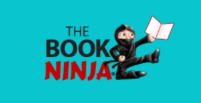
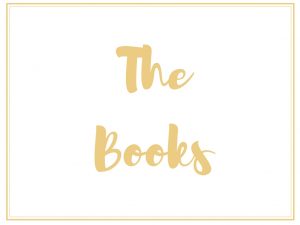
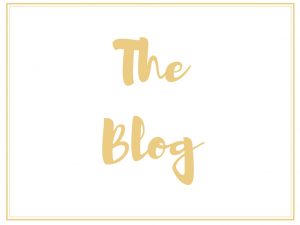
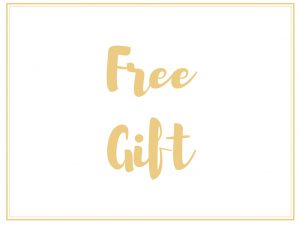


Kim
September 26, 2018
I can only hope I sell 7,000 copies! That’s fantastic!
Achille
August 19, 2019
“How I Sold 7000 Kindle Books” : Are you sure it should be not 7000 copies of some kindle books ?
Karen
August 24, 2019
Hi Achille. Technically it could be, but Amazon uses the phrase ‘books sold’ in its metrics, whether the books are digital or physical, so Amazon authors are used to the terminology. Thanks for commenting. You’ve reminded me I should probably write an update to this post as it’s now well over 8,000 books (or copies) sold!